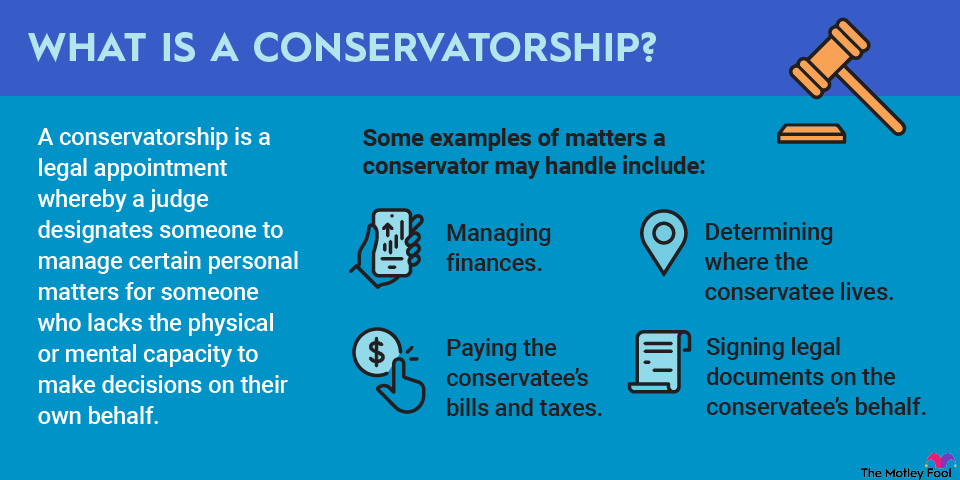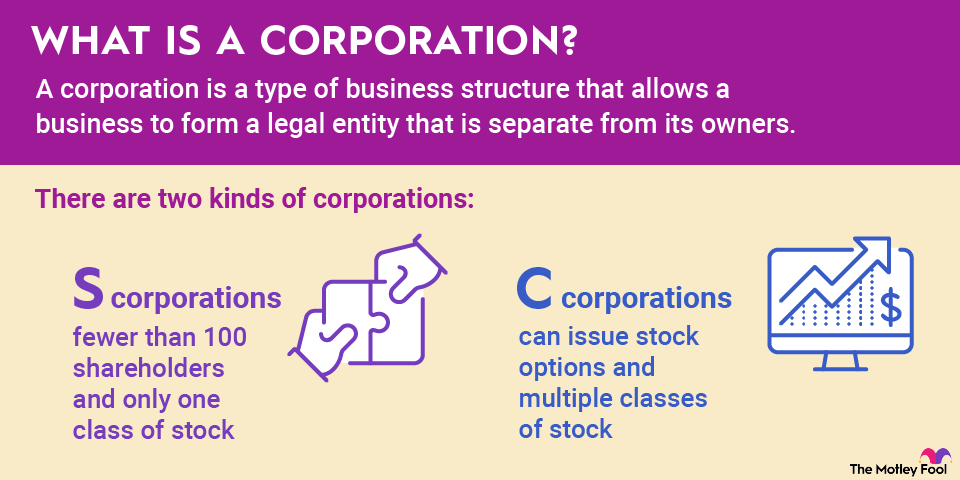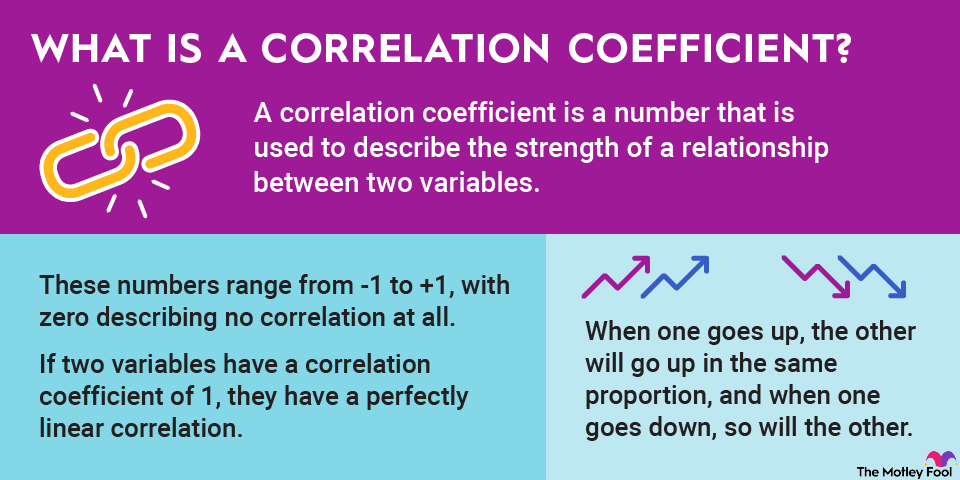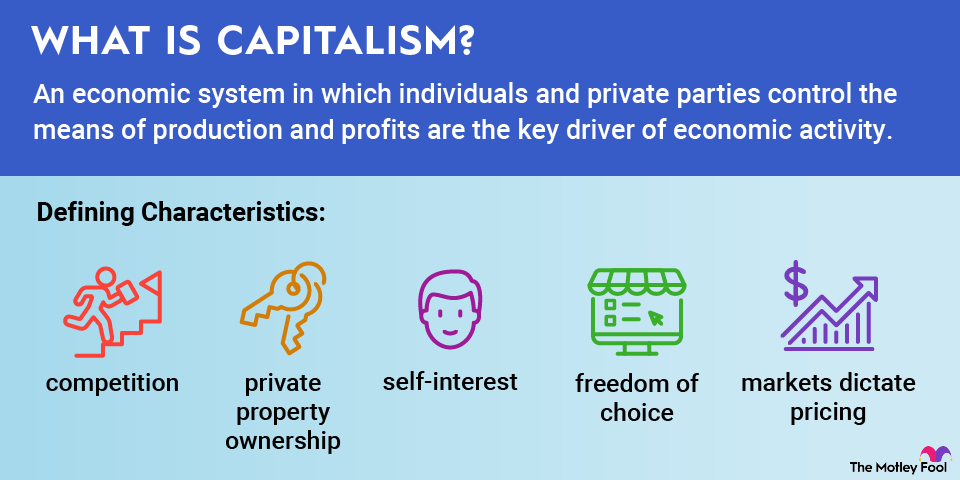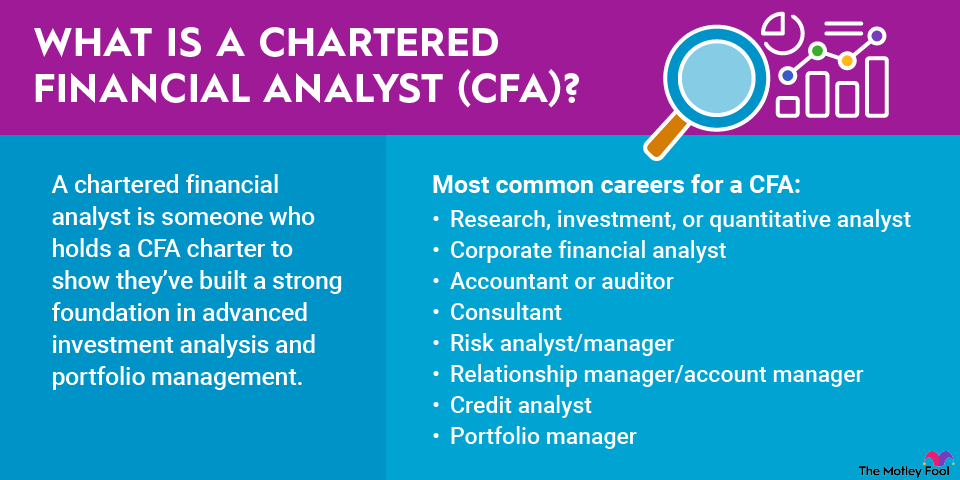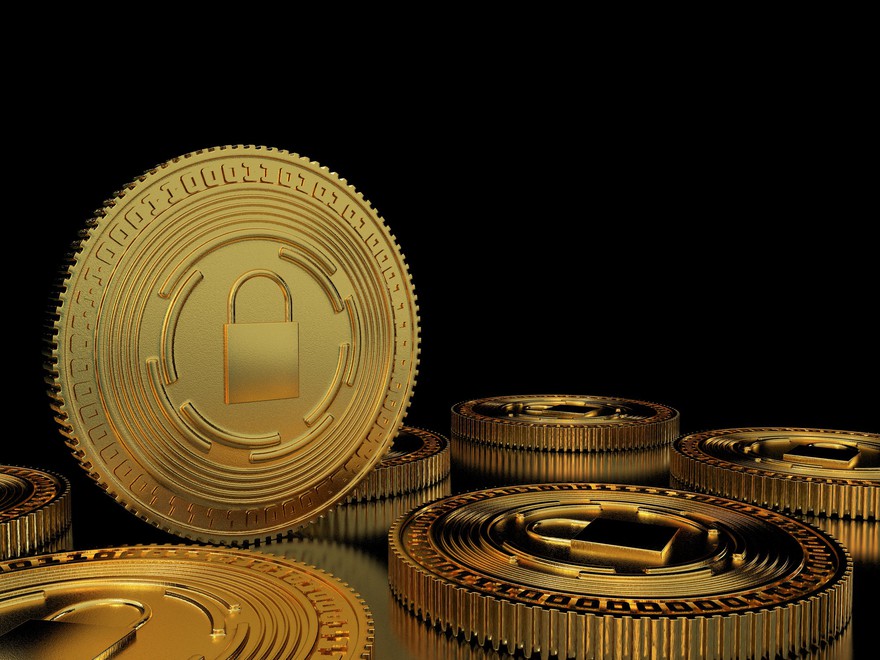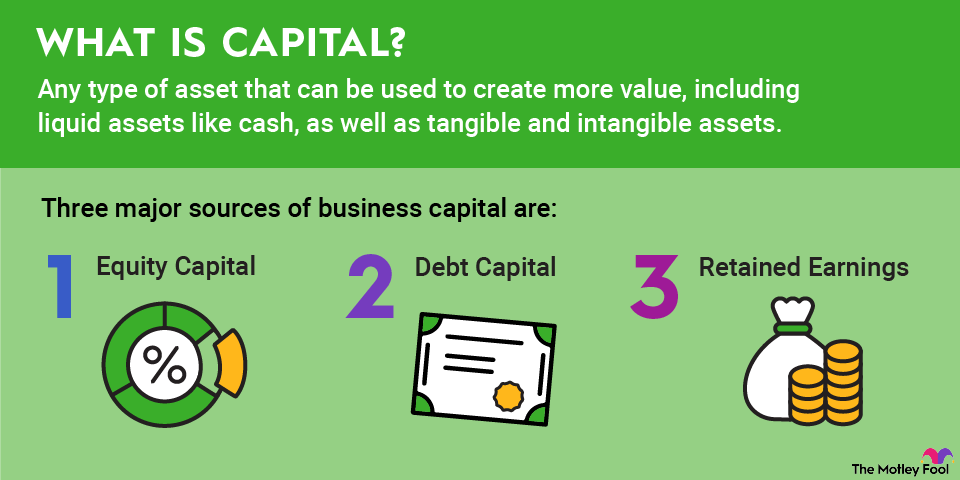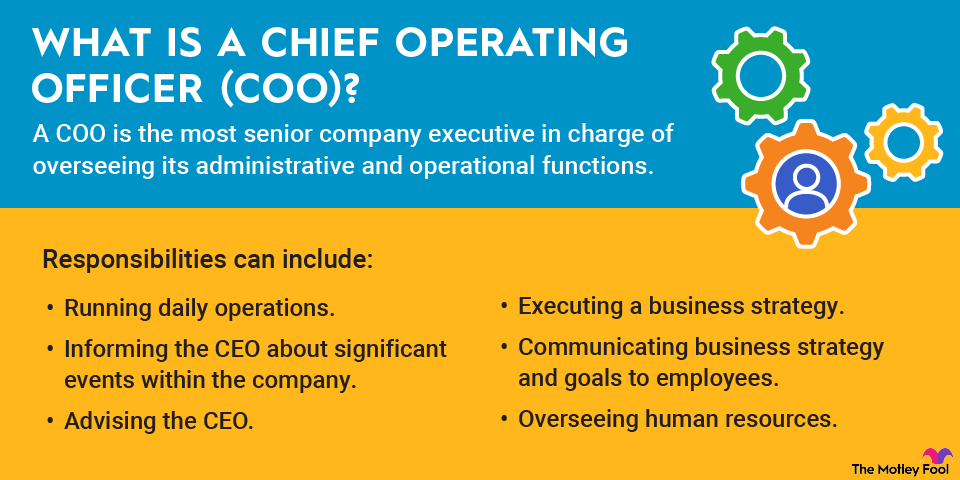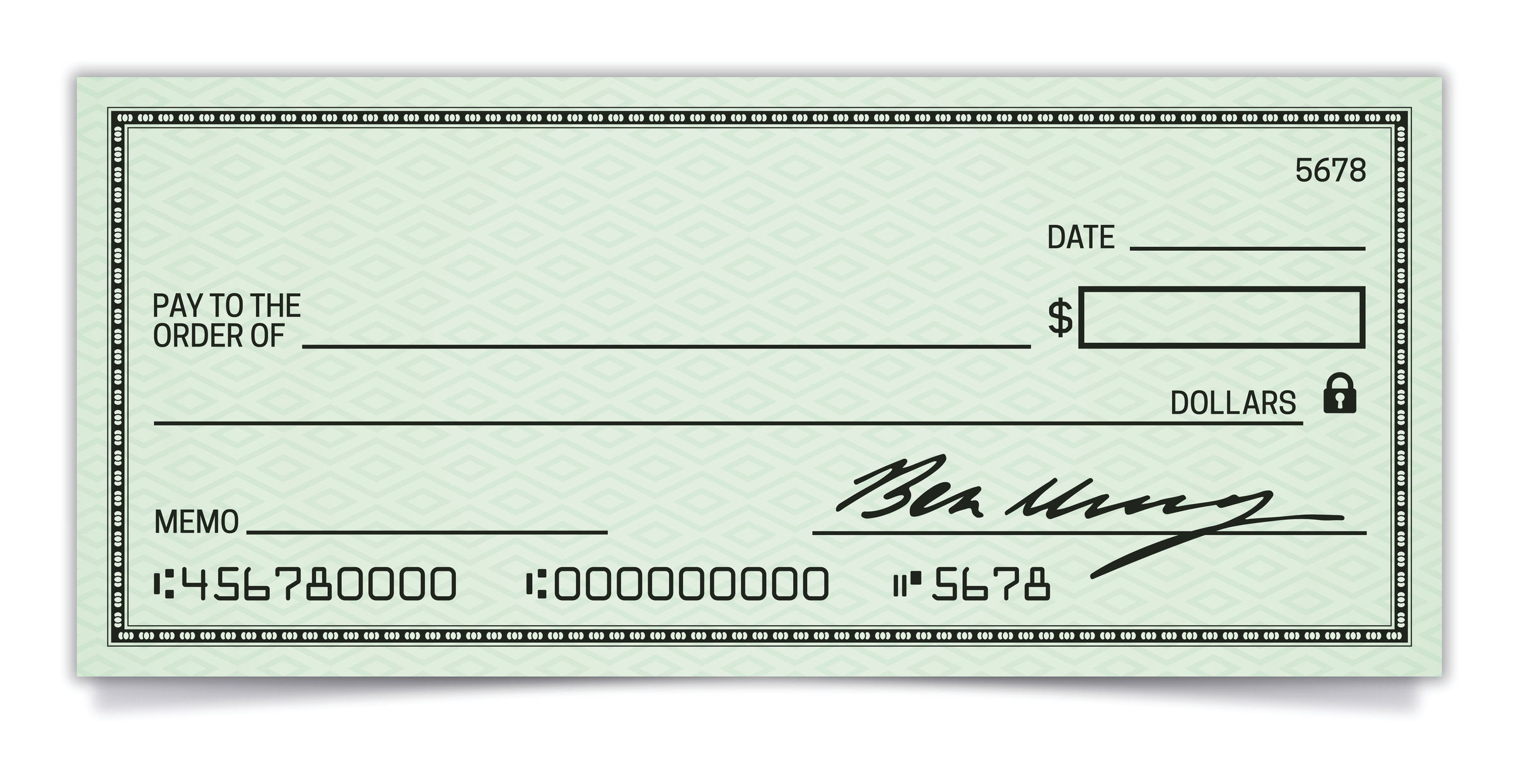Conservative investors are often looking for more and better ways to hedge their risk against loss, including the use of currency-neutral funds, which can protect against risks that many people may have never even considered. Read on to better understand currency-neutral investing and how it works.

What does currency-neutral mean in investing?
Investing involves many different kinds of risk, depending on what you're investing in and how that particular investment works. For international investing, an additional risk that many people overlook is how the value of foreign currencies can affect their investments.
When a fund is currency-neutral, it means that it hedges against foreign currency risk by using tools such as currency forwards, swaps, and options. These currency derivatives can help balance the risk of a fund that's invested in both domestic and foreign currencies.
Why choose a currency-neutral investment
Let's look at an example of a currency-neutral investment: a mutual fund denominated in U.S. dollars. In our example fund, some amount of the investment is in foreign stocks and bonds, which must be purchased using the local currency of the country.
So, if the fund invests in Airbus (EADSY +0.94%), for example, it might buy it from the German trading venue Xetra, which is operated by the Frankfurt Stock Exchange. Being in Germany, the stock would be purchased in euros, not U.S. dollars, necessitating a currency exchange both to purchase the stock and to convert it back into U.S. dollars after selling it.
There's a chance that the exchange rate may favor the euro at the time of sale, rather than the dollar, which was worth slightly more than the euro in mid-2025. So, if you had bought $100 worth of Airbus in mid-May 2025, you'd likely have spent just 88.54 euros at an exchange rate of 1 euro to 1.13 U.S. dollars.
Additional risk is introduced when the currency rate fluctuates dramatically. For example, if it had flipped to the opposite, where 1.13 euros was worth just 1 U.S. dollar, it could have been pretty painful. In that situation, even if your investment increased to 100 euros from 88.54 euros, your dollar value would still have decreased to $88.49 from your original $100 due to the exchange rate.
This is when currency hedging, the practice that creates a currency-neutral investment, makes a lot of sense. It helps to mitigate the risk that's introduced by trades made in various foreign currencies.
Pros and cons of currency hedging
Currency hedging may sound like a no-brainer, but not everyone would agree. For some investors, the idea of currency hedging is a needless step, as their theory is that currency fluctuations will even out over a long investing time horizon. That's likely true, but it very much depends on your risk tolerance and which currencies your fund is converting between.
If exchange rates eventually even out, then the additional cost of a currency-neutral fund may be a waste of money -- that's a huge one for the con column. However, if you're very risk-averse or your fund invests in foreign stocks purchased in more volatile foreign currencies, it may make more sense to hedge against the currency fluctuations to preserve your investment.
Related investing topics
Why currency hedging matters to investors
Many investors are unaware of how currency hedging can benefit them, particularly if they are not aware that their fund is converting between currencies at least twice during the investment process. If you're considering foreign investment, it's important to look at all the risks, including those posed by currency exchange-rate fluctuations.
There are entire investing strategies that depend on the differences in exchange rates in foreign exchange trading (forex), some of which have made a few lucky (or painfully observant) investors a lot of money in the short term. But for every forex winner, there's a corresponding loser, or many losers, who lose a chunk of their investment gains to an unfavorable exchange rate.
This is where currency hedging comes into play. With currency hedging, your fund manager can neutralize all or most of the risk that the exchange rate introduces. This helps you preserve a lot more of your gains, especially if you're investing for the short term or midterm. If there hasn't been enough time for exchange rates to even out, you may be better off paying a little extra for a currency-neutral investment.
